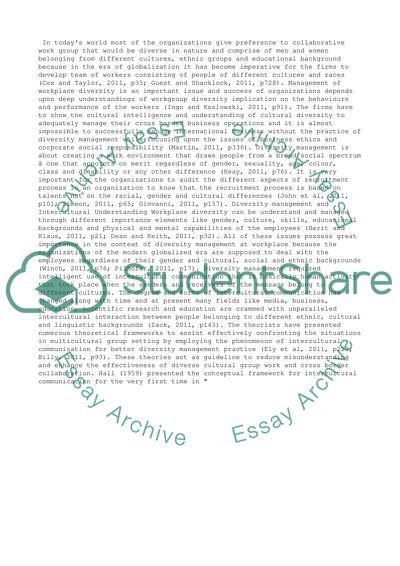Cite this document
(“Cultural Diversity Management: Business Ethics and CSR Essay”, n.d.)
Cultural Diversity Management: Business Ethics and CSR Essay. Retrieved from https://studentshare.org/management/1431962-assignment
Cultural Diversity Management: Business Ethics and CSR Essay. Retrieved from https://studentshare.org/management/1431962-assignment
(Cultural Diversity Management: Business Ethics and CSR Essay)
Cultural Diversity Management: Business Ethics and CSR Essay. https://studentshare.org/management/1431962-assignment.
Cultural Diversity Management: Business Ethics and CSR Essay. https://studentshare.org/management/1431962-assignment.
“Cultural Diversity Management: Business Ethics and CSR Essay”, n.d. https://studentshare.org/management/1431962-assignment.


